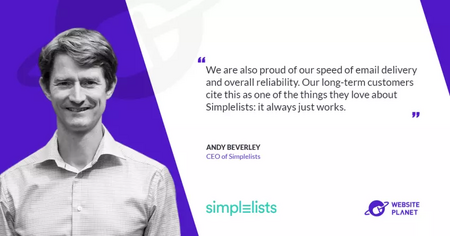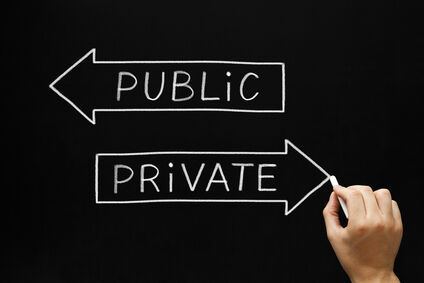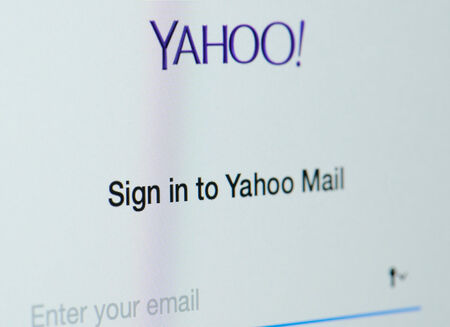
Simplelists is delighted to announce that its CEO Andy Beverley was featured this week on Website Planet. During his interview Andy talked about the history of Simplelists and explained why customers love the simplicity, reliability and security that Simplelists provides for group email list hosting.

Email marketing is nothing new. It has been around since the widespread adoption of digital communications. That’s almost three decades, give or take a few years. Yet even today, in 2023 leveraging a strong discussion list as part of your email marketing is still one of the most effective ways for businesses to reach and influence new and existing audiences.

You are no doubt aware that the European General Data Protection Regulation (GDPR) came into force on 25 May 2018. Your inbox was probably full of messages from the various organisations and groups that hold your contact details, checking whether you still wish to receive messages from them and/or updating you about their privacy policy. Our members received an email explaining how Simplelists is complying with the regulation and we have shared that information here on our blog as well.

There is lots of information out there about when is the best time of the day/week to send email newsletters, ensuring that as many people as possible open (and read) your message. We’ve already written about how to come up with a good subject line to increase your open rates and in this post we’ll look at the variety of data that analyses the best time to send your email.

If you’re setting up a discussion group these days you have a lot of options to choose from. You could use a social media platform, such as a Facebook ’closed’ group, to host your discussion or you could choose to use a group email service like Simplelists.

In our last blog post, we explained that your email delivery rates might be reduced if your list members report your emails as 'spam’. A feature of Simplelists is that we enable the members of your list to engage easily in private group discussion with one another. So, it’s important that your emails get opened and that your members don’t mark them as spam before doing so, whether accidentally or not.

We are very happy to let you know that Simplelists have acquired DiscussThis, another group email service.

If you’re using Simplelists for email marketing campaigns then the email you send will probably contain a link to a webpage so that readers can go to your website. It’s really important to get this landing page right - here are some tips...

We wrote recently about the problems created by Yahoo’s decision to prevent their emails being forwarded through mailing lists with an unaltered sending address.